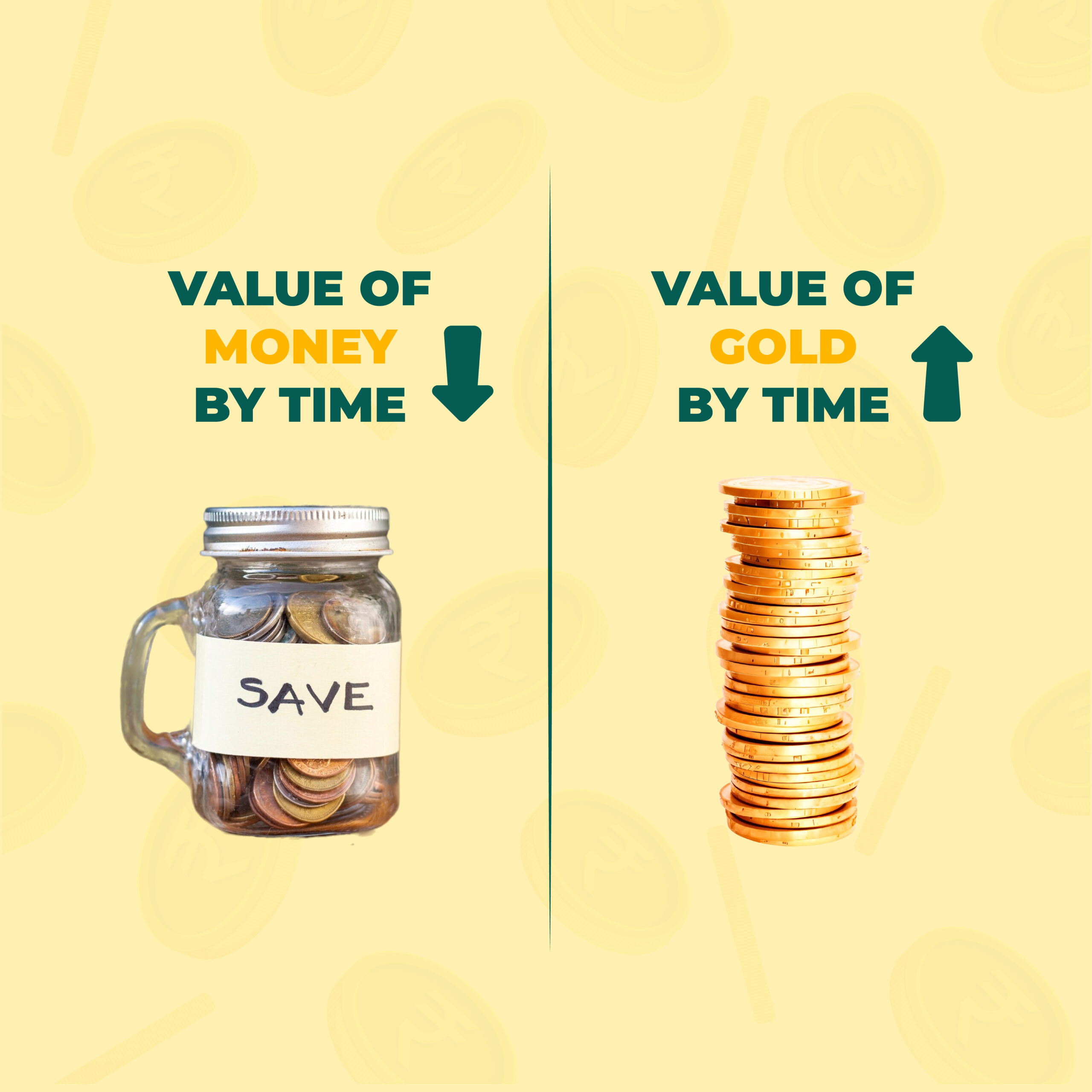Gold has always been regarded as a safe haven during times of economic uncertainty, and its value often fluctuates based on various economic and geopolitical factors. As we step into 2025, the gold market is facing new trends, shifting demands, and evolving conditions that may affect its pricing. If you’re considering selling your gold, understanding these trends are crucial to making an informed decision. In this blog, we’ll dive deep into the 2025 Gold Market Trends and explore whether now is the right time to sell your gold.
Introduction to 2025 Gold Market Trends
The global gold market is constantly influenced by a wide range of economic, political, and market factors. As we enter 2025, investors and gold enthusiasts are keenly watching trends that could shape gold’s future value. The ongoing uncertainty around inflation rates, geopolitical tensions, and interest rate decisions by central banks all play significant roles in determining gold prices.
Understanding these factors will provide you with the clarity needed to assess whether it’s the right time to sell your gold. Let’s examine the current state of the gold market, key drivers influencing gold prices, and the broader economic landscape in 2025.
Current State of the Gold Market
In recent years, gold has seen notable price volatility, driven primarily by shifts in global economic conditions. At the start of 2025, the price of gold has experienced moderate fluctuations, with a steady demand from both investors and central banks. Historically, gold has been considered a hedge against inflation, and with ongoing global inflationary concerns, investors continue to flock to gold as a safe store of value.
As of early 2025, gold prices have maintained relatively stable levels, but the market is closely observing any potential shifts in the geopolitical environment, economic growth rates, and global financial policies. There is cautious optimism among investors as the market watches how these factors will play out in the coming months.
Key Factors Influencing Gold Prices
Several key factors are influencing the price of gold in 2025. These include:
- Inflation: Gold has long been seen as a hedge against inflation. Rising inflation rates, particularly in major economies like the U.S. and the Eurozone, contribute to increased demand for gold as investors seek a safe store of value.
- Interest Rates: The policies of central banks, particularly the U.S. Federal Reserve, play a crucial role in determining gold prices. Higher interest rates tend to decrease the appeal of gold, as investors may prefer to place their money in assets offering better yields. However, lower interest rates often push people toward gold as an alternative investment.
- Geopolitical Events: Political instability, conflicts, and trade tensions often lead to market uncertainty, which drives demand for gold as a safe-haven asset. Global tensions such as wars, elections, and trade disputes can significantly affect the price of gold.
- Currency Movements: The strength of major currencies, especially the U.S. dollar, impacts the gold market. When the dollar weakens, gold becomes cheaper for foreign buyers, driving up demand and increasing prices.
Historical Trends in Gold Prices
Gold has experienced various cycles of price fluctuations throughout history. Over the past decade, gold prices have seen significant spikes, especially during times of financial crisis. The COVID-19 pandemic and the subsequent economic recovery led to a surge in gold demand, pushing prices to record highs.
Historically, gold prices tend to rise during times of economic uncertainty or when other investment options, such as stocks or bonds, are underperforming. During periods of stable economic growth, however, gold often faces downward pressure as investors seek higher returns from more growth-oriented investments.
Economic Indicators Impacting Gold Demand
Several economic indicators significantly affect gold demand, including:
- GDP Growth: Strong economic growth typically results in lower demand for gold, as people have more confidence in traditional investments.
- Unemployment Rates: High unemployment can drive people to invest in gold as a security measure against uncertain economic conditions.
- Global Debt Levels: High debt levels can increase inflationary pressures, which in turn increases gold demand as investors look for a hedge.
- Stock Market Performance: A strong stock market generally leads to lower gold demand, as investors are more inclined to invest in equities for higher returns.
Predictions for Gold Prices in 2025
Experts predict that gold will continue to remain a strong investment option in 2025, but the price is expected to face volatility due to external factors. Inflationary pressures, interest rate changes, and geopolitical tensions are likely to keep gold prices fluctuating throughout the year.
Some analysts predict a modest rise in gold prices as central banks maintain accommodative monetary policies to support economic recovery, while others foresee a potential dip if global economic conditions stabilize and risk appetite increases. Regardless, the outlook for gold remains relatively positive in 2025.
When to Consider Selling Your Gold
If you’re thinking about selling your gold, the decision should be based on a variety of factors:
- Price Point: If the price of gold has reached a level you’re comfortable with, it may be a good time to cash out.
- Market Conditions: Keep an eye on the factors affecting gold prices, such as inflation, interest rates, and geopolitical stability. Selling when prices are high due to market uncertainty or economic crises can be beneficial.
- Financial Needs: Consider your current financial situation and whether selling your gold aligns with your long-term financial goals. If you need liquidity for immediate needs, selling might be a prudent option.
Expert Opinions on Gold Market Strategies
Experts generally recommend a balanced approach when investing in gold. Some suggest that investors should diversify their portfolios to reduce risk, including a mix of traditional investments (stocks, bonds) and alternative assets like gold. Others advocate for holding onto gold during periods of market volatility, especially if you believe inflationary pressures will persist.
When considering selling, it’s always wise to consult with financial advisors or gold market experts who can provide insights based on real-time market data and forecasts.
Is Now the Right Time?
The question remains: Is now the right time to sell your gold? While market conditions are currently stable, with slight upward trends in gold prices, the answer depends on individual circumstances. If you have a short-term need for liquidity or believe gold has reached its peak for now, selling may be a wise decision. However, if you expect further economic instability or inflationary pressures, holding onto gold might prove beneficial in the long term.
Ultimately, keeping a close watch on market conditions, economic indicators, and expert opinions is key to making the best decision about when to sell your gold.
Conclusion
The gold market in 2025 is shaped by a variety of factors, including inflation, interest rates, geopolitical events, and economic growth. While there are no guarantees, the current trends suggest that gold will continue to play an essential role as a safe-haven asset. Whether now is the right time to sell depends on personal financial goals, market conditions, and expert advice. By staying informed and monitoring the gold market closely, you can make a more confident decision about your investment in gold.
Check out our other blog: Understanding Gold Prices: When is the Best Time to Sell Gold in India?


Leave a Reply